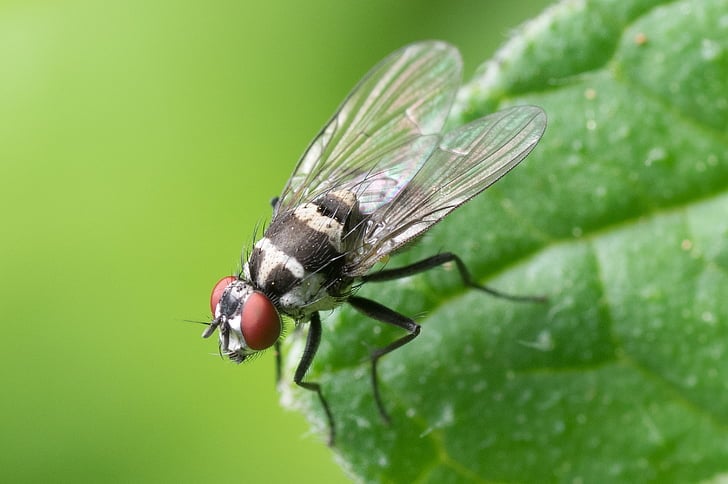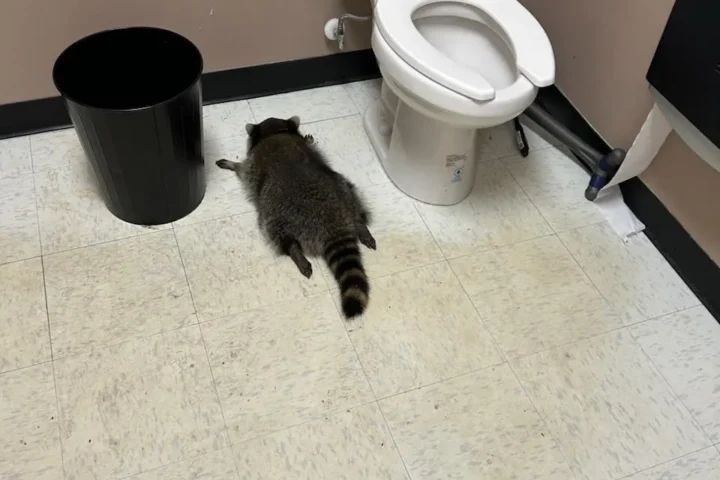The United States is ramping up an unusual but proven defense strategy against a deadly parasite threatening to cross the southern border – breeding millions of sterile flies and dropping them from planes over Mexico.
New World Screwworm, a flesh-eating pest that can kill livestock within weeks, has steadily moved northward through Central America since 2023. It reached southern Mexico last November, sparking major concerns for the $515 billion US cattle industry.
“This can kill a thousand-pound cow in two weeks,” said Dr. Michael Bailey, president-elect of the American Veterinary Medical Association.
Unlike typical maggots that feed on dead tissue, New World Screwworm larvae burrow into open wounds of living animals, causing severe pain and potentially death if untreated. Female flies lay up to 300 eggs in wounds, which hatch within 24 hours and immediately begin eating the animal’s flesh.
The US response involves a technique first developed in the 1950s called Sterile Insect Technique (SIT). Male flies are exposed to radiation that damages their sex chromosomes, making them sterile. When released, they mate with wild females who then lay unfertilized eggs. Since female screwworm flies mate only once in their 20-day lifespan, this effectively stops reproduction.
Currently, the Panama-based COPEG facility produces about 100 million sterile flies weekly, which are released from planes across Mexico and Central America. The USDA now plans to dramatically expand this effort by building a new $300 million “fly factory” at Moore Air Base in Texas that could produce up to 300 million sterile flies per week.
Similar Posts
Additionally, the USDA is investing $21 million to renovate a facility in Metapa, Mexico, which will produce between 60-100 million more sterile flies weekly by July 2026.
These investments come after a detection in July 2025 of a screwworm case in Veracruz, Mexico – approximately 370 miles from the Texas border and 160 miles further north than previously recorded. This discovery prompted Agriculture Secretary Brooke Rollins to suspend livestock imports from Mexico.
The border closure has created tension between the two countries. Mexican President Claudia Sheinbaum called the US decision “totally exaggerated,” noting it was based on a single case. She claimed Mexico had achieved a 19% reduction in infected animals since late June.
But American officials remain concerned. “The only way to protect the American cattle herd from the devastating threat of New World screwworm is by having a sufficient supply of sterile flies to push this pest away from our border,” said Buck Wehrbein, president of the National Cattlemen’s Beef Association.
This isn’t the first time the US has battled screwworm. The country successfully eradicated it in 1966 using the same sterile fly technique. A smaller outbreak in the Florida Keys in 2016 was similarly controlled, though not before causing significant mortality among the endangered Key deer population.
For livestock owners, daily inspection of animals remains crucial, especially around wounds. Experts recommend avoiding procedures like branding during warm months when the flies are most active.
The economic stakes are high. Studies estimate an uncontrolled infestation could cost Texas alone $1.9 billion annually. With the expanded sterile fly production, officials hope to push the pest back to the Darien Gap in Panama, reestablishing the biological barrier that previously kept North America screwworm-free for decades.
The USDA’s eradication efforts represent one of the most successful invasive species management programs in agricultural history, combining international cooperation with.



















